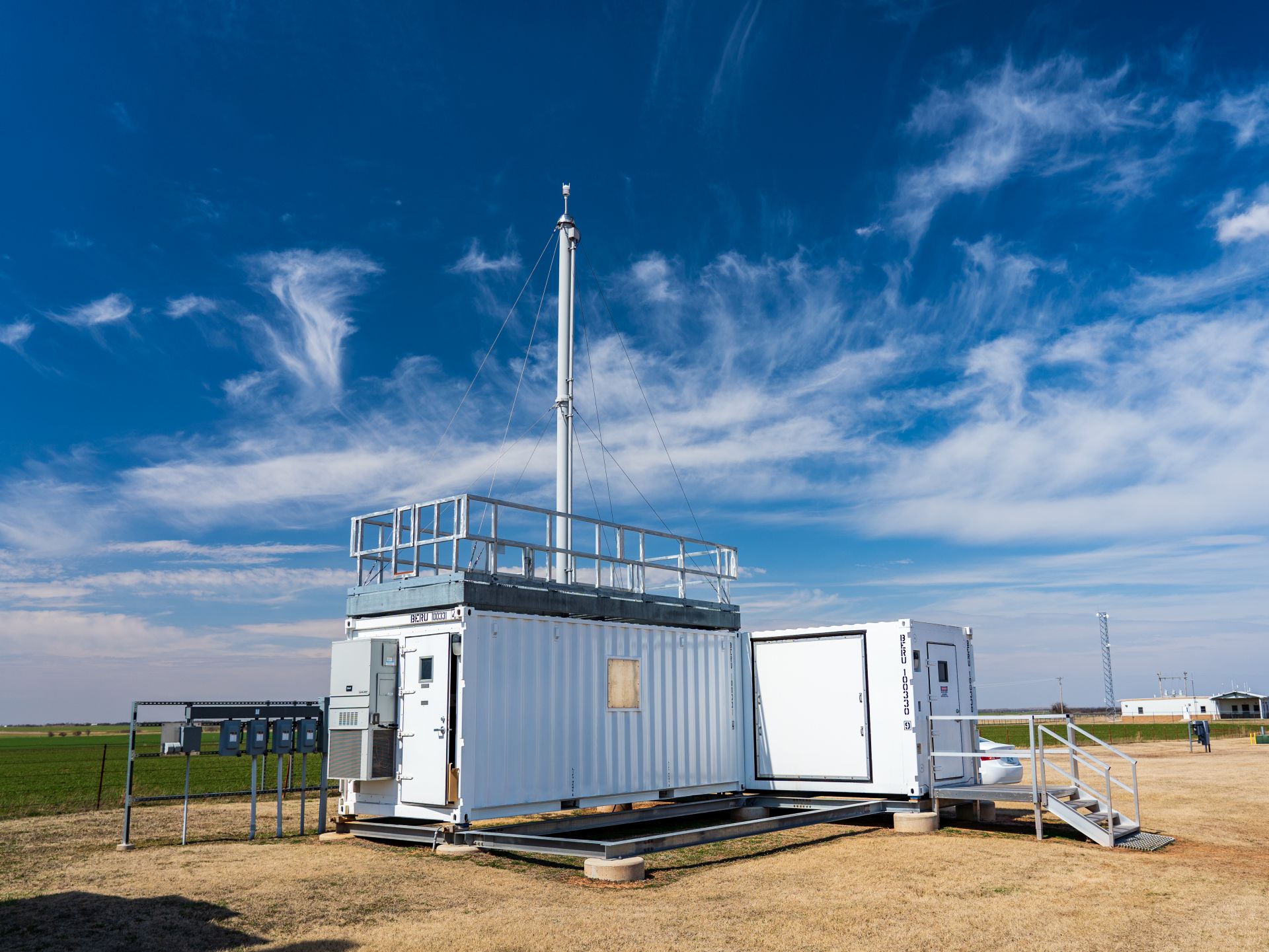Document shares activities planned this fiscal year to address aerosol science community needs

A new document details the Atmospheric Radiation Measurement (ARM) user facility’s plans and priorities for aerosol measurements in fiscal year 2024 (FY2024).
ARM Instrument Operations Manager Adam Theisen, ARM aerosol mentors, and ARM aerosol science translator John Shilling co-authored the ARM FY2024 Aerosol Operations Plan, which covers the period from October 2023 through September 2024.
Theisen says the team wrote the plan in response to recommendations from the Aerosol Measurement Science Group (AMSG) that ARM communicate its plans, priorities, and ideal timeframes for intensive operational periods.
The AMSG is a constituent group that provides input to ARM Director Jim Mather to improve the operational performance, characterization, and science impact of ARM’s aerosol and trace gas measurements along with the development, processing, and delivery of aerosol data products. The group currently consists of 15 aerosol experts from ARM and the atmospheric science community.
“We are working to take the AMSG recommendations and turn them into a product that can benefit the broader community in their science and planning for field campaigns,” says Theisen.
In February 2017, the AMSG held a workshop to identify how ARM could build on its existing capabilities to better address the aerosol user community’s priority science needs. An ARM Aerosol Measurement Plan released the following year detailed a series of recommendations to ARM from that workshop. ARM has made significant headway on the AMSG’s recommendations in the years since. Out of 25 defined tasks, ARM has completed 11, while seven are in progress. A review of the full list of tasks is included in the FY2024 plan.
“We are working to take the AMSG (Aerosol Measurement Science Group) recommendations and turn them into a product that can benefit the broader community in their science and planning for field campaigns.”
Identification of current priorities for the FY2024 plan drew on a second AMSG workshop, held in November 2019, and discussions held with the aerosol science community over the past several years.
The new document describes FY2024 plans for the following:
- operations of ARM’s Aerosol Observing Systems (AOS), which are the user facility’s primary platforms for collecting aerosol measurements at Earth’s surface
- ice-nucleating particle measurements
- calibration efforts and timing
- engineering and development activities
- AOS data product activities.
Theisen says ARM will inform users of any major changes to the plan, especially calibration timelines.
Provide Your Feedback
AOS lead mentor Olga Mayol-Bracero, who co-wrote the aerosol operations plan, says it will be a “living document” that can be revised and updated every year as needed. The authors would like feedback from the scientific community to make the plan even more useful in future years.
The FY2024 plan is now available for you to read on ARM.gov. If you have questions or feedback on the plan, please send them to Mayol-Bracero through the mentor contact page.
# # #ARM is a DOE Office of Science user facility operated by nine DOE national laboratories.

